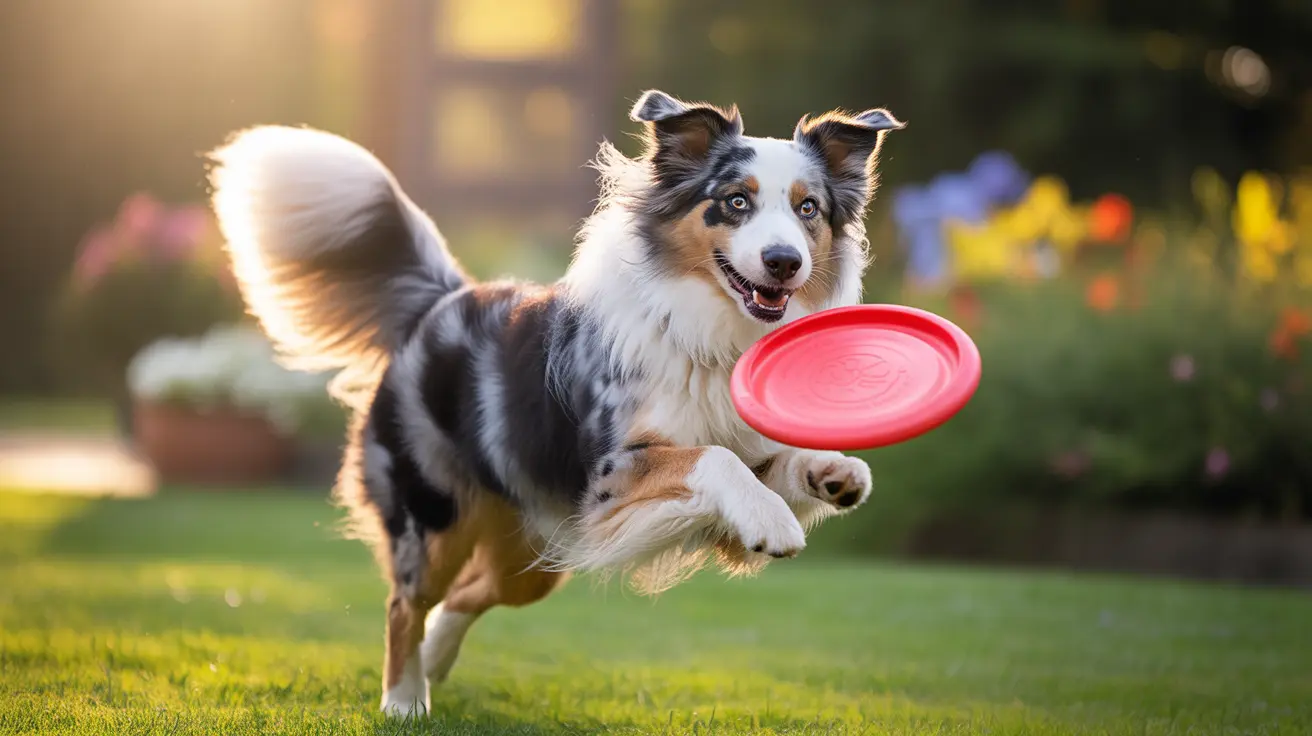Bringing a new puppy home is an exciting adventure, but it comes with significant responsibility. Knowing how to puppy proof your house properly can prevent accidents, protect your belongings, and create a safe environment for your four-legged family member. This comprehensive guide will walk you through essential steps to create a puppy-safe haven in your home.
Whether you're a first-time pet parent or adding another furry friend to your family, proper preparation is crucial. Let's explore the vital aspects of puppy-proofing each area of your home to ensure your new companion stays safe while exploring their environment.
Getting Started: The Ground-Level Perspective
Begin your puppy-proofing journey by getting down on your hands and knees to see your home from your puppy's eye level. This perspective reveals hazards you might miss from standing height, such as exposed electrical cords, small objects under furniture, or accessible toxic plants.
Securing Electrical and Technology Hazards
Puppies are naturally drawn to cords and wires, making them one of the most dangerous household items. Cover all electrical cords with protective tubing or cord concealers, and keep charging cables out of reach. Use outlet covers to prevent curious noses from investigating power sockets.
Consider installing cord management systems behind entertainment centers and office spaces where multiple cables might be present. This not only protects your puppy but also organizes your space effectively.
Creating Safe Zones with Gates and Barriers
Strategic placement of puppy gates helps manage your pet's access to different areas of your home. Install gates at the top and bottom of stairs, and use them to block off rooms that haven't been fully puppy-proofed. Choose gates with proper spacing between bars to prevent your puppy's head from getting stuck.
Protecting Against Toxic Substances
Store all cleaning supplies, medications, and potentially toxic substances in high cabinets or locked storage. Be particularly vigilant about:
- Household cleaners and chemicals
- Human medications and supplements
- Automotive products like antifreeze
- Pest control products
- Toxic houseplants
Securing Small Objects and Choking Hazards
Remove or secure items that could become choking hazards:
- Children's toys with small parts
- Craft supplies
- Jewelry and hair accessories
- Coins and paper clips
- Rubber bands and string
Creating an Enriching Environment
Provide appropriate alternatives for natural puppy behaviors:
- Designated chew toys for teething
- Puzzle toys for mental stimulation
- Safe climbing and exploration areas
- Comfortable resting spots
Outdoor Safety Considerations
Don't forget to puppy-proof your yard:
- Secure fencing without gaps or holes
- Remove toxic plants and mushrooms
- Store garden tools and chemicals safely
- Secure pool areas and water features
- Check for harmful wildlife or insects
Frequently Asked Questions
How do I effectively puppy-proof my home before bringing my new puppy inside?
Start by removing hazardous items, installing baby gates, covering electrical cords, and securing cabinets containing dangerous substances. Complete this process at least a week before your puppy arrives to ensure you haven't overlooked anything.
What common household hazards should I secure to keep my puppy safe from chewing and choking?
Secure electrical cords, remove small objects like coins and jewelry, keep shoes and clothing in closed closets, and ensure cleaning supplies are locked away. Also, keep toilet lids closed and secure trash cans with locking lids.
How can I prevent my puppy from accessing toxic foods, medications, and cleaning products?
Install childproof locks on cabinets, store all medications in high cabinets, keep food in the refrigerator or sealed containers, and ensure cleaning supplies are stored in locked areas or high shelves.
What steps should I take to make outdoor areas like my yard safe and escape-proof for my puppy?
Check fencing for gaps or weak spots, remove toxic plants, secure pool areas, store garden chemicals safely, and create a designated bathroom area. Regular yard maintenance helps prevent tick and pest problems.
How can I create a safe and engaging space indoors to reduce puppy boredom and destructive behaviors?
Provide various appropriate chew toys, rotate toys regularly to maintain interest, use puzzle feeders for mental stimulation, and create a comfortable, designated rest area. Consider using a crate or playpen for times when direct supervision isn't possible.
Conclusion
Puppy-proofing your house is an ongoing process that requires regular assessment and adjustment as your puppy grows. By taking these precautions and remaining vigilant about potential hazards, you'll create a safe environment where your puppy can thrive and develop into a well-adjusted adult dog. Remember, the time invested in proper puppy-proofing is invaluable for preventing accidents and ensuring your puppy's safety and well-being.






